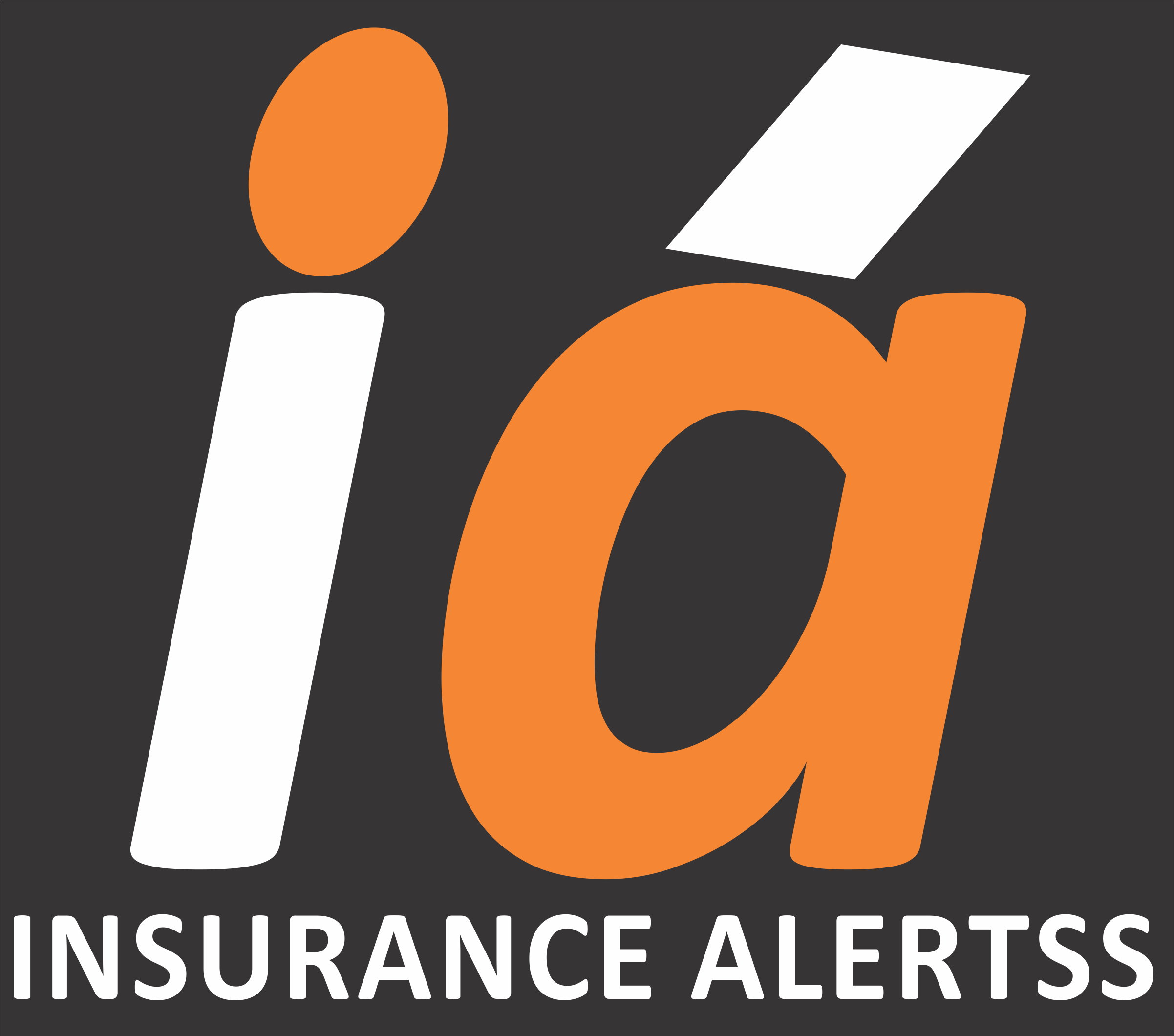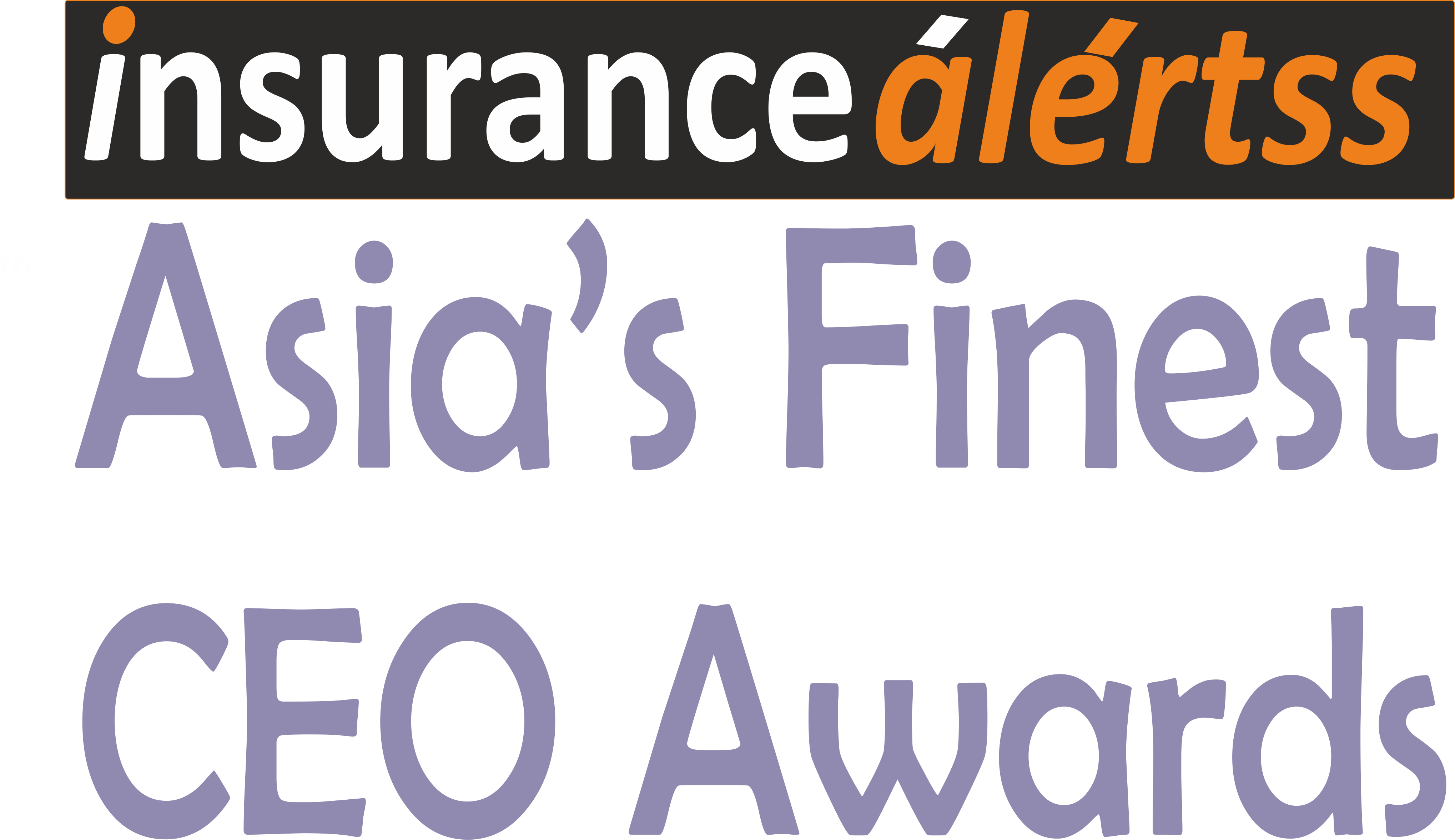 16-06-2020
16-06-2020
Edge Computing, Supply Chains, Deepfakes Among 2020’s Top Emerging Risks: Swiss Re

 Insurance Alertss
Insurance AlertssEdge Computing, Supply Chains, Deepfakes Among 2020’s Top Emerging Risks: Swiss Re
Pandemic threats were once on the list of potential emerging risks facing the insurance industry and society. Now that this risk has materialized with the COVID-19 crisis, it is perhaps a good time to take a look at the latest emerging risks, which could present potential downside threats and upside rewards for the industry.
This is the aim of Swiss Re’s latest SONAR report, which details 14 emerging risks for 2020, including the top three with the highest potential impact: cyber security, intergenerational imbalances (highlighted by the coronavirus pandemic) and carbon removal.
Drilling down into the report, there are eight short-term risks (of less than three years) out of the overall 14 risks identified by SONAR. The shorter-term risks are:
Computing at the edge – cyber security overstretched? The industry’s most affected business areas from this emerging risk would be property and operations. SONAR rates this risk as “high.” Edge computing complements cloud services by transferring some processes to local places where the data is created and consumed. While edge computing can supercharge data exchange, poor implementation can lead to more cyber-security breaches.
Tipping the scale? Intergenerational imbalances on the rise. The industry’s most affected business areas from this risk would be financial markets – including the insurers’ own assets – as well as operations. SONAR rates this risk as “high.” The negative economic consequences of the COVID-19 pandemic will affect younger generations for years to come with lower incomes and unemployment. At the same time, the size of the elderly population requiring support – emotional, physical and financial – is growing in many countries. These demographic trends could nurture frustration and anti-democratic sentiment among the younger generations facing ever-growing financial burdens in times when they are unable to sustain wealth accumulation.
Global pharmaceutical supplies – breaks in the chain? The industry’s most affected business areas from this risk would be life & health and casualty. SONAR rates this risk as “medium.” Even before the COVID-19 crisis, the global supply chain for many drugs has been under pressure. Further disruptions to the chain could lead to heightened risk of product liability, product recall and medical malpractice claims, notably in the U.S. and Europe. SONAR blames the situation, in part, on offshoring of production to emerging markets.
Standards – into the unknown. The industry’s most affected business area from this risk would be operations, including regulatory changes. SONAR rates this risk as “medium.” Standards, or established norms, have been a fundamental driver of globalization. For example, technical standards are core to any industrial process; they unify the handling or design of products and services, and allow exchangeability of parts and tasks across production entities and countries. SONAR says that China, in some areas, is creating its own standards.
Burning question – risky lithium-ion batteries. The industry’s most affected areas from this risk would be casualty and property. SONAR rates this risk as “medium.” The availability of light-weight, high-performing and cost-efficient batteries to store electricity is vital for mobile devices and also the transition to a low-carbon economy. However, lithium-ion batteries also have fire risks as well as environmental costs.
Deepfakes – the creeping devaluation of truth? The industry’s most affected business area from this risk would be operations, including regulatory changes. SONAR rates this risk as “medium.” Deepfakes are media formats that use artificial intelligence to fabricate digital content from underlying authentic source material. For the insurance industry, SONAR says, the consequences include increased loss potential from social engineering and identity infringement. Insurance operations could also be substantially affected through an increasing risk of claims fraud and social engineering attacks.
Grey accountability – product liability in the era of smart everything. The industry’s most affected business areas from this risk would be casualty and operations. SONAR rates this risk as “medium.” As an example, SONAR cites Internet of Things (IoT) devices now in widespread use at home and in production. If software is an integral part of a device, a modification and/or failure on the part of the producer or distributor to deliver updates could potentially make the product unsafe to use. Traditional insurance covers for product liability will need to be revisited and likely re-designed.
The sorcerer’s apprentice – DIY synthetic bio-hazards. The industry’s most affected business area would be casualty. SONAR rates this risk as “low.” The proliferation of rudimentary bio-technology do-it-yourself (DIY) kits increase the likelihood of the manufacture and release of new biological threats in the form of synthesized micro-organisms, deliberately or accidentally. The spread of such micro-organisms could affect L&H and liability cover.
The six remaining emerging risks are longer-term, of more than three years. (Insurance Journal has described the only risk on the list rated as “high” by SONAR, which is carbon removal.)
Locking it up – carbon removal and insurance. The industry’s most affected business areas for this risk would be property and casualty. SONAR rates this risk as “high.” With carbon removal, carbon dioxide is taken out of the atmosphere and stored permanently in order to lower greenhouse gas emissions. It is forecast that the carbon removal industry will grow to the size of today’s oil & gas industry by 2050. However, the industry is still in its infancy and the risks attached to different removal approaches still have to be evaluated. Engaging in solutions – be it through insurance offerings or investments – which turn out to have negative impacts or are flawed may lead to reputational damage and financial losses.
Vaping and e-cigarettes – a new wave of addicts? The industry’s most affected business areas would be life & health and casualty. SONAR rates this risk as “medium.”
Green buildings – will they pass the test of time? The industry’s most affected business areas would be property and casualty. SONAR rates this risk as “medium.”
Out of sight, out of mind – mental health issues among the young. The industry’s most affected business area would be life & health. SONAR rates this risk as “medium.”
Hydrogen fuel cells – propelling the future? The industry’s most affected business area would be casualty. SONAR rates this risk as “low.”
Teeny weeny high-tech – smart dust. The industry’s most affected business area would be casualty. SONAR rates this risk as “low.”
SONAR said the COVID-19 pandemic has amplified some of these risks and trends, such as intergenerational tensions, supply chain disruptions and the fragility of public healthcare.
SONAR’s emerging risks list has been published every year since 2013. SONAR stands for Systematic Observation of Notions Associated with Risk. It is Swiss Re’s process for identifying, assessing and managing emerging risks. The company uses a web-based platform to collect early signals of emerging risks.
Source:Insurance Journal
